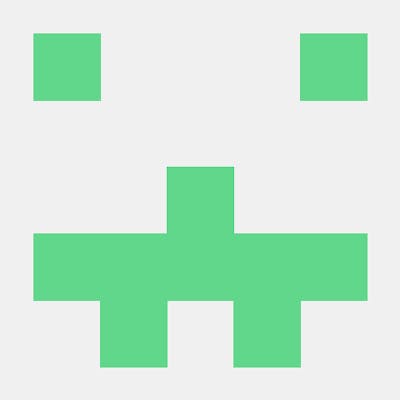A Roadmap To Front-End Development
A guide for beginners that don't know where to start
So you've made it official, you finally decided to become a front-end developer. You're excited, optimistic, and even a little nervous. But there's one thing you have to figure out before you dive deep into the overwhelming, ever-growing hole of front-end development, "where do I start?".
Please note this roadmap does not guarantee your success in development, nor a job - that is subject to your own work ethic and determination. It is simply a means of reference to provide you a structured learning path on your road to becoming a developer.
With that being said, let's begin.
What is a Front-End Developer?
A front-end developer is someone who develops the user interface of websites and applications. Primarily working with HTML, CSS, and Javascript. Their responsibilities include structuring websites with the goal of creating an accessible and optimized experience for the user, as well as implementing useful functionality. Simply put, they ensure an easy and accessible experience for every user that visits their site.
2021 Front-End Developer Roadmap
Here's the roadmap I personally use to give myself an idea of the direction I want to go. It seriously has everything you need to become a front-end dev. Check it out:

The Bare Minimum Skills Every Front-End Developer Should Have
Obtaining these bare minimum skills is only the beginning of your journey, you should not stop there. A career in development is a career in learning. You won't ever stop learning - if that scares you, consider a different career path.
-HTML
This is the foundation of websites you see across the web. HTML or Hyper Text Markup Language, allows you to display your website in a web browser, and create a structured, organized layout. You can add images, texts, audio, forms, buttons, and much more using HTML.
-CSS
CSS or Cascading Style Sheets, is a styling language that allows you to add design to your website. While HTML defines the structure of your document, CSS will define the style. Colors, fonts, margin and padding, box-design, and animation are just a few of the things you can use CSS for.
-JAVASCRIPT
Javascript is a scripting language that allows you to implement functionality into your website. Anytime you see animated 2D/3D graphics, image sliders, drop down navigation menus, interactive maps, etc - its almost certain that Javascript is at play. If you want to really market yourself to employers, mastering Javascript is a wonderful way to do that.
LEARNING RESOURCES
Here's an awesome list of resources I've personally used to become a better developer!
freeCodeCamp - Free course to learn Web Development.
CodePen - Online community for testing and showcasing user-created HTML, CSS and JavaScript code snippets.
Traversy Media - Hands down my favorite Youtube channel for all things web development.
Remember, It's Just The Beginning
The path to becoming a front-end developer is long and hard, it's going to take hard work and determination. But if this is what you know you want, you're going to be willing to make sacrifices.
This article only provides you with the necessary skills a beginner should develop, I strongly advise you continue your research and learn more and more everyday - and don't stop there, try your hardest to push out of your comfort zone and really put your head down and grind. Soon enough, you'll be in the exact position you dreamt about.
Good luck! And if you're still reading - thank you! Please consider following me on twitter !

